Don’t call it a comeback. KORG R&D is reimagining one of their more unique ideas from the 90s – but the result promises to be very 2020.
First – about the 90s instrument that started this. The Wavestation worked with “vector synthesis”. The idea was, start with multiple sound sources (four is a good number), and cross-fade between them.
The 1986 Prophet VS from Sequential brought the idea to market. But when Sequential died, Korg picked up the torch (and the research, and some of the brains – including John Bowen and Dave Smith).
Enter the Wavestation (1990). The Prophet VS’s joystick worked as well on the Korg. And the Wavestation added another idea – wave sequencing, so you could piece together multiple sounds in… uh… sequence. (Hey, I’m still coming back from the holidays.)
The KORG wavestate is not a Wavestation remake. But it is getting the band back together again – John Bowen, John “Skippy” Lehmkuhl (Plugin Guru), and Peter “Ski” Schwartz. They all worked on the 1990 synth, and they’re back on this one.
But now, all of that 1990 futurism is coupled with a body that looks like KORG’s recent ‘logue keyboards, new features, and samples measure in the gigabytes instead of megabytes. (That was 2 – two! – megabytes on the original. So the Wavestation sounded like a 1990 ROMpler, and the 2020 wavestate doesn’t.)
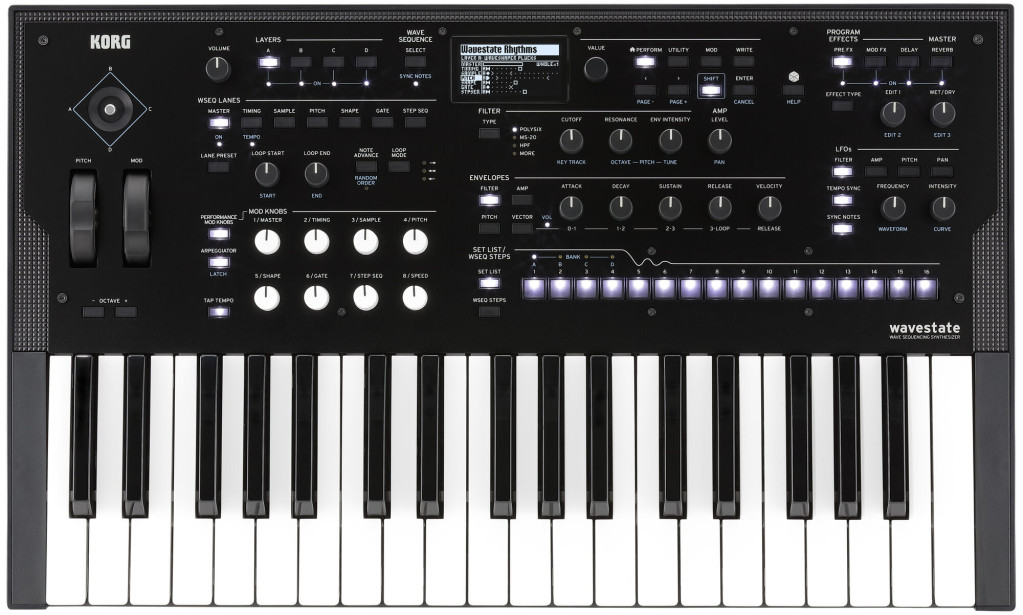
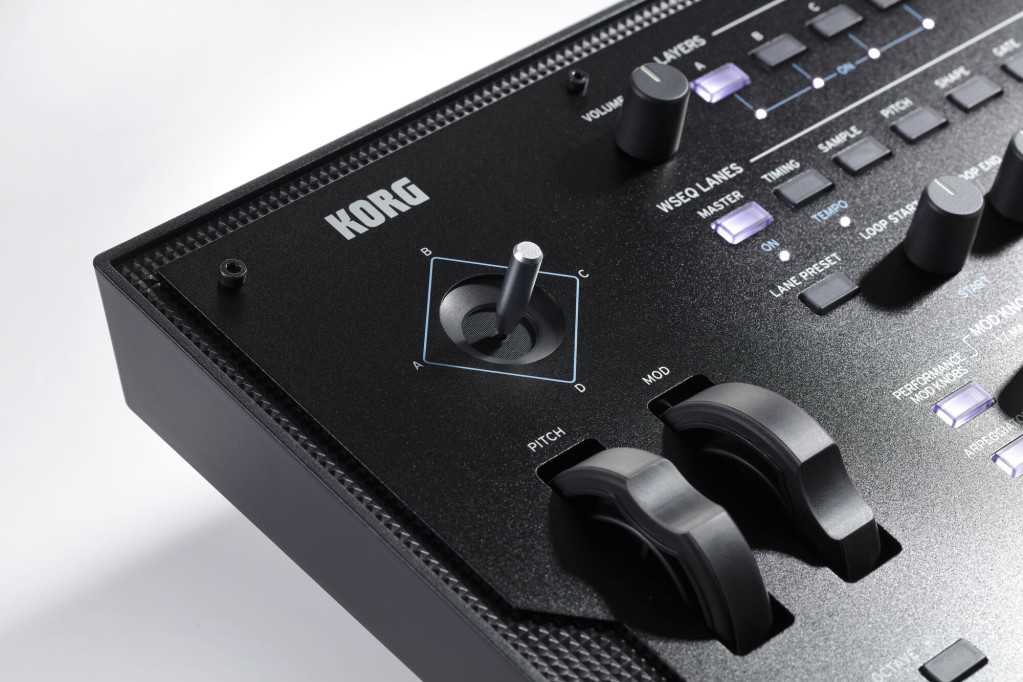
KORG also took the wave sequencing idea, and built on it. Wavestation: duration, sample, pitch are sequenced, but they’re repetitive. wavestate: independent timing, sample sequence, and melody, plus shapes, gate times, step sequencer values, independent lanes – all add together for something dynamic and organic.
And another thing – digital in 2020 can mean modeled sounds that are indistinguishable from analog. (Don’t send letters. It’s true.) Want a filter that sounds like an MS-20? Polysix? Both are in there.
So in other words, instead of bringing back a 1990s thing and pretending it’s relevant now – yes, Frasier reboot, I’m looking at you – the KORG wavestate is something new. (Think more Bojack Horseman – 90s references, but self-aware.)
There are just a hell of a lot of features in this thing, a totally new take on wave sequencing, in a more compact and friendly form factor, plus modeled filters and a bunch of effects. And you can play all this from the front panel with tons of real-time controls.
That combination sounds fantastic.
Available this month for $799.99.
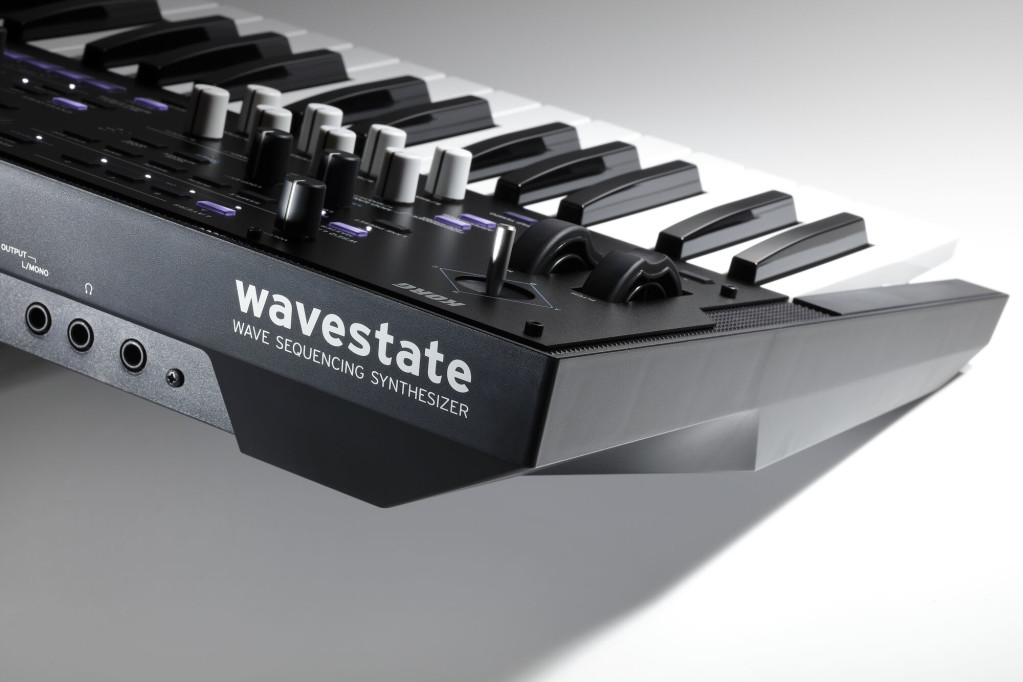
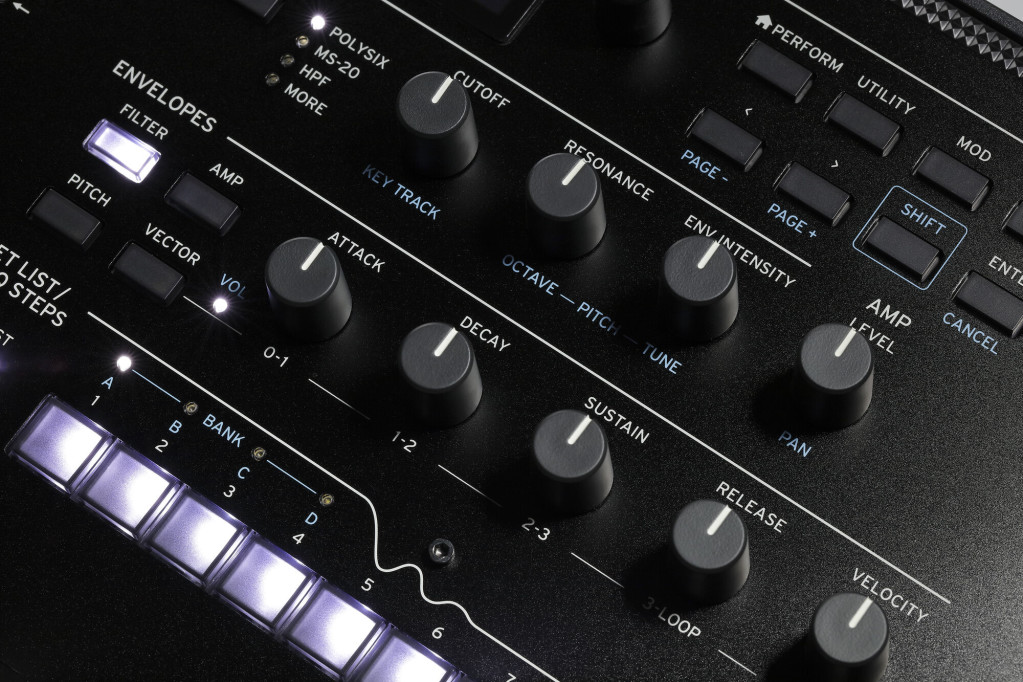
Features:
- Wave Sequencing 2.0 (more parameters, lanes!)
- Deep, hands-on modulation
- Gigs of samples, coming from KORG, third parties, and the Kronos and Krome libraries
- Wavestation original samples and wave sequences, for the retro touch when you want it
- Modeled filters, including MS-20 and Polysix
- 64 stereo voices
- 4 Layers with Vector control (4x what you had on the original)
- 14 simultaneous effects (meaning this is more OASYS or Kronos than Wavestation)
- Tons of effects (Wave Shaper, Talking Modulator, Reverse Delay, Multiband Mod Delay, OASYS Overb, etc.)
- Set Lists and Smooth Sound Transitions
- Randomization (dice button)
- 37 full-size keys
Here’s a full-length demo video from loopop:
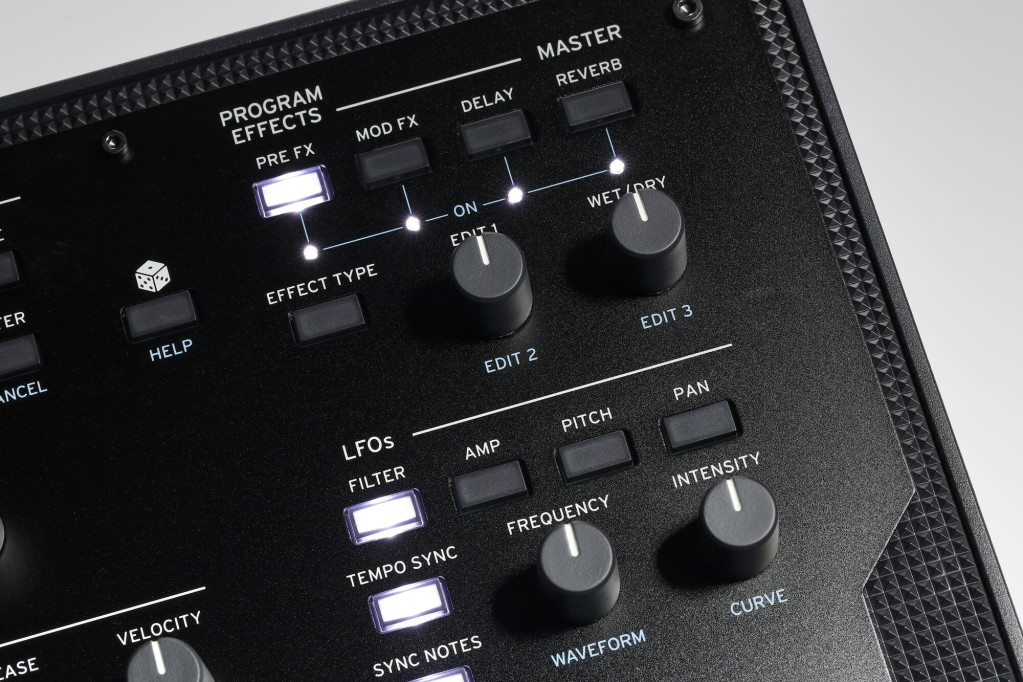
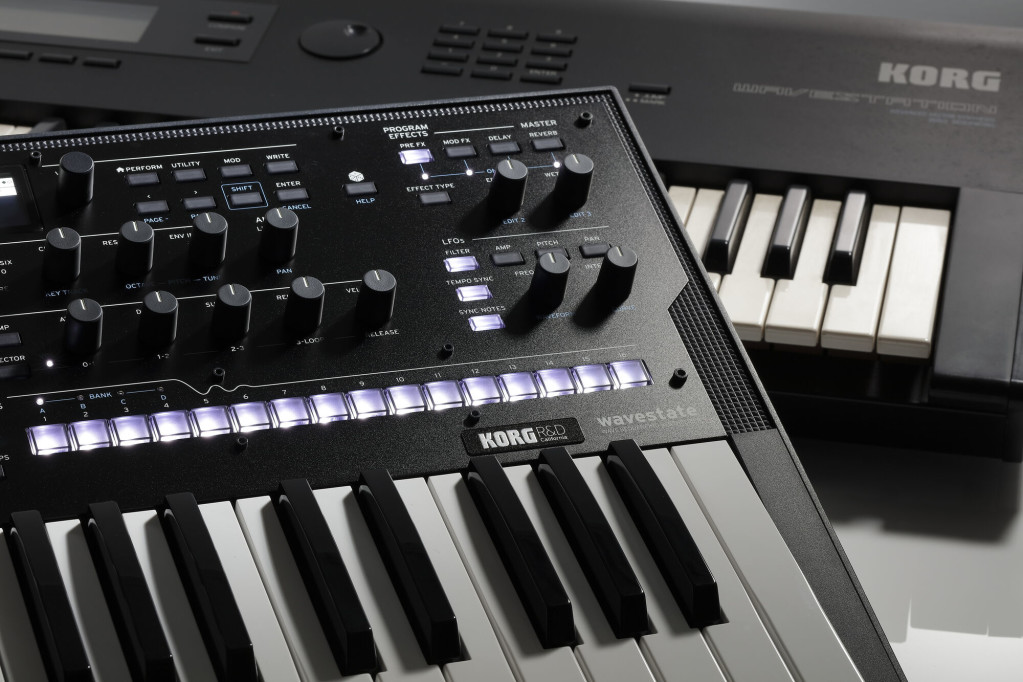
Where did this come from? Well in addition to some of the original Wavestation creators, the Belgian artist Airwave, KORG R&D in the USA (including their voicing team and veterans of OASYS and Kronos) all worked together in California. And clearly that got an infusion of some of the Japanese designs on the ‘logues.
This does mean making some choices, though. KORG’s competition here may come from itself – the ‘logue line offers its own distinctive sound, makes different choices about limitations, and features the open ‘logue SDK. So much as I love vector synthesis, I’m a little torn – I’m still partial to those ‘logues for their focus on one hand, and their openness to development on the other. At least it’s nice to have the choice.
And all of this proves that a synth maker can draw on its past designs but make new instruments, not just recreate old ones. I think having the choice of remake or new approach is ideal. And KORG is uniquely delivering both options in parallel.
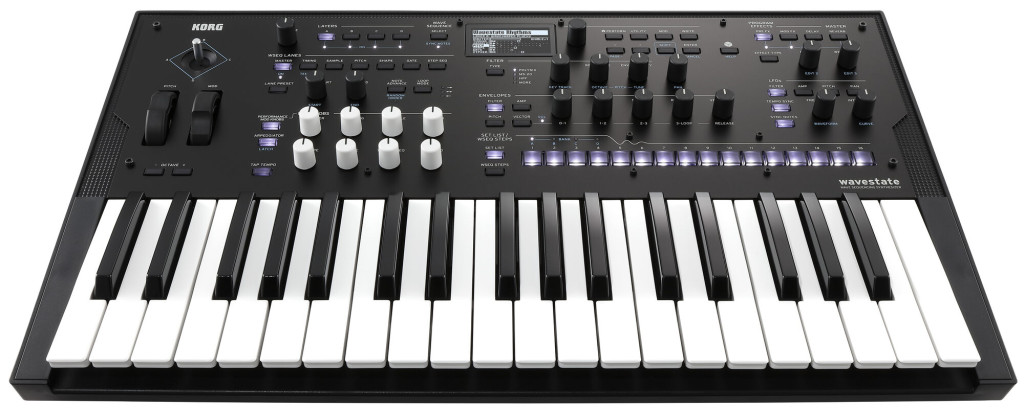
But I digress – as has already been leaked (including in KORG teasers), more might be on its way.